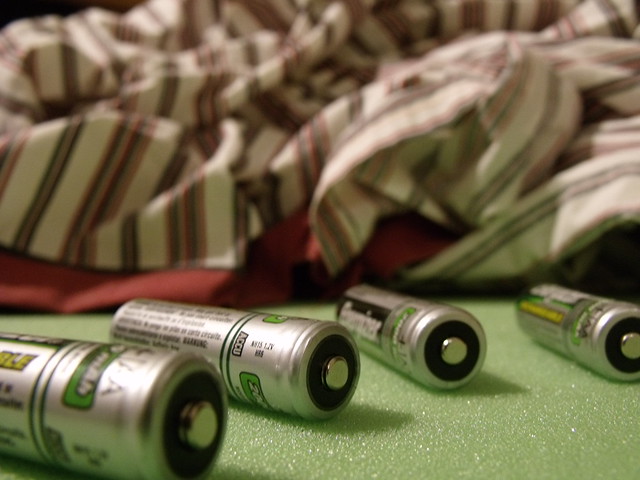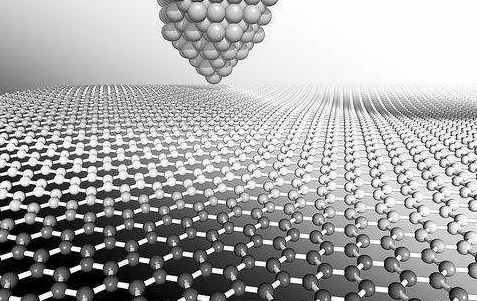Cathode of Lithium Ion-Component Introduction
Dec 17, 2019 Pageview:916
In 1970s the first non-rechargeable lithium-ion battery was manufactured. It will in the 1980s when the first rechargeable lithium battery was designed. The lithium batteries have long battery life as compared to other alkaline batteries. Most of the electronic devices are using these batteries for gaining power. These batteries need care in charging and discharging process.?
The life cycle of these batteries depends on the way you use them. The lithium-ion has great potential to provide energy. So, it is used in these batteries for providing power to the devices. The functioning of these batteries involves the electrochemical reaction between the anode and the cathode. The oxidation and reduction reaction takes place simultaneously in the battery. The Li-ion batteries have proved to be a great source of energy.
What is the cathode of a lithium-ion battery?
The cathode of the lithium-ion is positively charged. The cathode plays a vital role in the redox reaction taking place in the lithium-ion battery. The cathode and anode of the battery reverse according to the direction of the current. The gain of an electron occurs at cathode and the metal cations move towards the negative electrode that is anode to complete the circuit. The redox reaction is completed when positive ions from anode go towards cathode to gain the electrons and provide energy. The process is completely reverse in the recharging process.? ??
Cathode material
The cathode of the lithium-ion battery is a metal oxide. The basic characteristics of the Li-ion batteries are their cathode. The cathode can be made of many materials having lithium metal in them. Some commonly used materials for the cathode of lithium-ion batteries are:
Lithium Cobalt Oxide. It is also known as Lithium Cobaltate.
Lithium Manganese Oxide. Lithium Manganese or spinel.
Lithium Iron Phosphate
Lithium Nickel Manganese Cobalt (NMC)
Lithium Nickel Cobalt Aluminum Oxide (NCA)
All the above-mentioned materials are suitable for the cathode of the Li-ion batteries. The cathode is a powerful component of the battery and plays a vital in generating energy in the batteries. NCA and NMC are new materials introduced for the cathode of the Li-ion batteries. These materials provide a large amount of energy and have great potential to reduce or lose electrons. Sometimes the lithium polymer is also as a material for the cathode. But in this polymer mostly the combination of lithium and cobalt is used.
What are the components of a lithium-ion battery?
Lithium-ion batteries are now powering millions of devices. The major components of the battery are:??
Anode that is made up of carbon mostly
Cathode that consists of lithium
Ion separator to increase the efficiency of the battery and avoid loss of energy generated
An electrolyte that is mostly the salt of the lead metal
Two current collectors, positive and negative are also present
Energy generation by the functioning of components
The process is carried through the electrolyte and the electrolyte carries ions from one electrode to another. The positively charged lithium-ion from the anode is carried by the electrolyte to cathode where lithium gains electrons and deposit on the cathode. The oxidation process taking place at anode produces the free electrons which create the charge on the positive current collector. The current collector after collecting the electrons from the anode is feed to the device which is to be powered. In this way all the components of the battery function to complete the circuit. The energy generation is never completed without any of the above-mentioned components.?
When the battery is discharging it means that it is providing the energy, the anode which generates lithium ions which move towards the cathode and these ions are separated by the ion separator. The separator is made up of the material which is inert and does react will the lithium ions generated by the anode. If the material is not inert then it will react will lithium ions and no energy will be generated by the battery. The anode is coated with an active material. This active material enables the electric current to follow through. It will eventually result in reversible emission of lithium ions that were stored in the cathode. During the charging time, lithium ions get stored in the anode, not in the cathode.
Working of components during discharging
When conducting wires joints the cathode to the anode it is the time of discharging. At this point, lithium ions follow back to the cathode through the electrolyte. The electrons are separated from lithium ions. They move in the wire generating electrons. To design anode graphite is used. It has a stable structure to perfectly match the properties of anode. The structural stability and low electrochemical range are the conditions for storing much lithium ions. It is to be remembered that lithium ions move through electrolyte while electrons move through wire.? ?
How important is the cathode of the lithium-ion battery?
The lithium-ion batteries are called so because their cathode is made up of the material consisting of lithium metal. The lithium is a very strong metal and has the power to generate high energy. The lithium is used for the manufacturing of cathode as it does not need a great recharging process. Some of the points that lithium metal is used for cathode are:
Lithium provides a good amount of specific energy per weight.
It has great electrochemical potential.
Lithium, when used in batteries, can provide extraordinary energy densities.
Lithium is inert during the charging process of the batteries.
Cathode determines the capacity and voltage of the battery. Cathode is the electrode where reduction of electrons occurs that is necessary for the redox reaction to occur. The reduction process causes the lithium cations generated from anode to accept the electrons and deposit on cathode.?
The high amount of lithium results in the bigger capacity of the battery that generates a large potential difference. For the cathode, the voltage difference is large because it plays its role to determine the voltage of the battery.?
- Prev Article: Calculate Watt-Hours Lithium Battery
- Next Article: Damaged Lithium Ion Battery-Solution And Identification
Leave Message
Hottest Categories
-
Hottest Industry News
-
Latest Industry News












